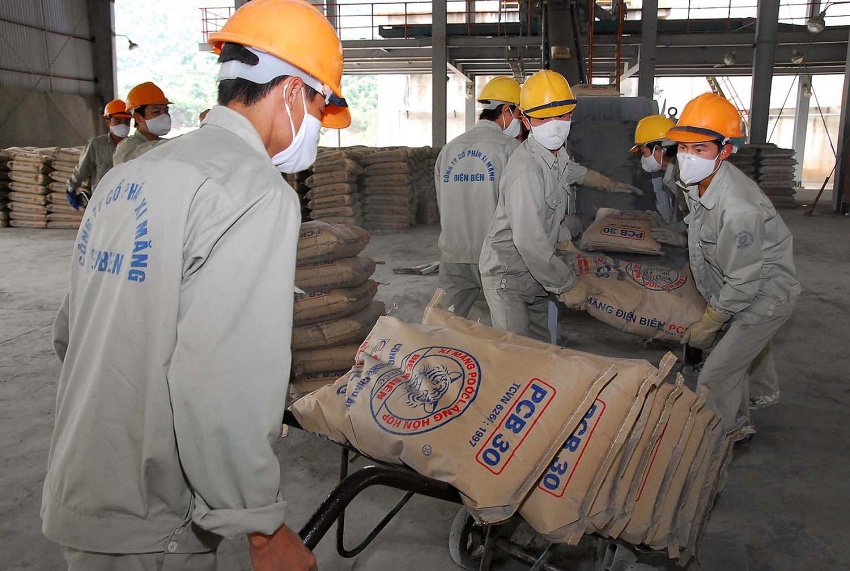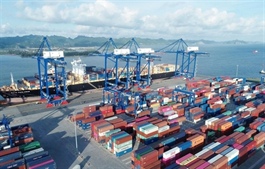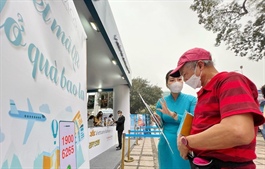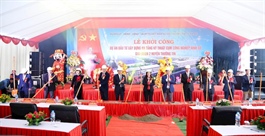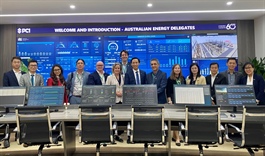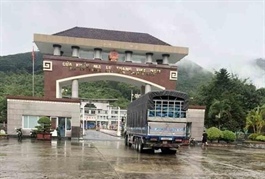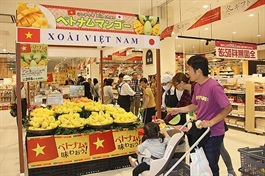Vietnam to expand petroleum stockpiles to 75-80 days of net imports
Vietnam to expand petroleum stockpiles to 75-80 days of net imports
Deputy Prime Minister Tran Hong Ha has said the $11.5 billion investment capital needed to establish a petroleum reserve infrastructure system by 2030 will see the majority of the funding come from outside the federal budget.
Speaking at a meeting on March 30, Deputy Prime Minister Ha said, "Planning cannot be entirely reliant on the government or subcontracted to enterprises."
According to Ha, the concerns included in the preparation must be calculated, analysed, and be reflective of market demand and industrial development criteria, among them reserve time, product quality standards, storage systems, fire safety, and sanitation facilities.
The DPM stated, "The framework of private, corporate, commercial, and national reserves for emergencies must be described in terms of management model, administered and coordinated to ensure consistency, and harmonised in the interests of all stakeholders."
According to the standards of the International Energy Agency, the national planning on storage and stockpiling of petroleum and gas seeks to guarantee extra capacity of petroleum products and crude oil for the entire country equal to 75–80 days of net imports, moving towards 90 days of net imports. Minimum gas reserve capacity is focused on meeting 15 days of consumption.
The necessary infrastructure will be developed in line with transport connection capacity, with priority given to areas where large-scale seaports have been planned and areas that are conducive to waterway and land traffic. Efforts will be made to exploit all domestic resources and encourage foreign investors to invest in the infrastructure.
The system must conform to current standards, rules, and practises, as well as the country's requirements for economic growth and international integration.
The planning consultancy unit estimates that the total investment capital required will be approximately $11.5 billion, the majority of which will be mobilised from outside the budget, through private enterprise or other legal sources of funding.
State budget funds are prioritised for increasing the level of the national reserve for petroleum products.
According to Dr. Bui Ngoc Bao, chairman of the Vietnam Petroleum Association, international market fluctuations, supply capacity, and market demand, as well as government directives regarding infrastructure, energy conversion, and environmental issues, have a significant impact on the planning process. Therefore, the master plan for implementation should make the necessary modifications to prevent rigid planning should the energy structure change in the near future.
Current fresh petroleum reserves amount to around 65 days worth of net imports. Several facilities built to the old standards do not satisfy the new standards and require extensive renovations and repairs to guarantee compliance with modern requirements and safety protocols.
The storage system for liquefied petroleum gas has a restricted capacity. Presently, there are only ten warehouses with a capacity of 10,000 cubic metres or more, with no liquefied natural gas (LNG) warehouses operational.
Since industrial park development has not yet designated a corridor for gas pipes, as the building of additional gas pipelines from LNG storage to customers is fraught with difficulty.
The Ministry of Industry and Trade (MoIT) coordinated the formulation of the National Petroleum and Gas Supply and Storage Infrastructure Plan, specifying a number of articles of the Planning Law. These include ensuring consistency between the planning and socioeconomic development strategies, while meeting the requirements of economic development in harmony with environmental and national security needs.
The approved planning will serve as the basis for state management requirements and will serve as a guide for enterprises that wish to invest in expanding the national petroleum and gas reserve infrastructure.




